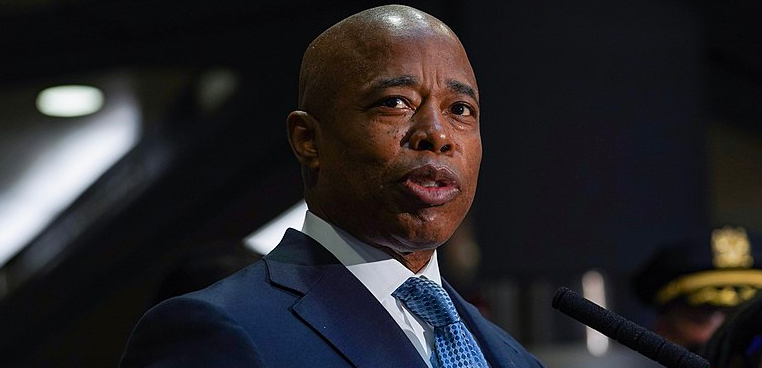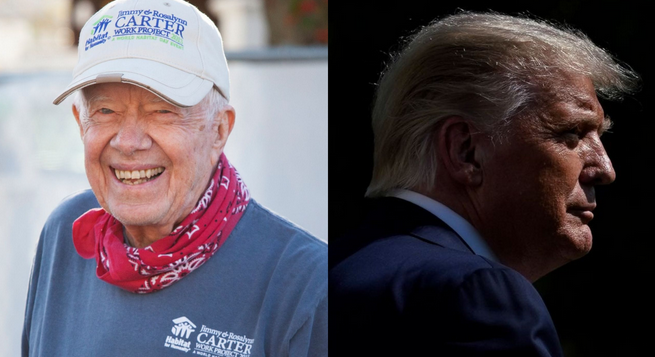Photos: Sarah Marshall\Life of The Law\YouTube\Twitter
Thirty-five years ago, the Supreme Court decision in McCleskey v. Kemp accepted statistical evidence showing that Georgia defendants were more than four times as likely to be sentenced to death if the murder victim was white—and then refused to reverse the petitioner’s death sentence because it concluded that racial bias in sentencing is “inevitable.”
The decision marked a critical moment in the Court’s history. Just 15 years after terminating the death penalty because it was incurably infected with racial bias, the Court in McCleskey faced unequivocal evidence that efforts to eliminate arbitrariness and racial bias in the death penalty had failed. But rather than give up on the death penalty, the Court abandoned its commitment to “equal justice under law.”
HOW IS LYNCHING RELATED TO THE DEATH PENALTY?

At the heart of the case was Warren McCleskey, a Black man sentenced to death in Georgia in the killing of a white police officer who challenged Georgia’s death penalty on the ground that it was racially biased. Mr. McCleskey presented a groundbreaking empirical study by University of Iowa law professor David Baldus, who showed that—even accounting for hundreds of factors that could impact the sentencing decision—people accused of killing white victims were 4.3 times more likely to be sentenced to death than those accused of killing Black victims.
The unadjusted data, as Justice William Brennan pointed out in his dissent, was even more striking—it showed the capital sentencing rate for all white-victim cases was almost 11 times greater than the rate for Black-victim cases. Black defendants in cases with white victims were sentenced to death at nearly 22 times the rate of Black defendants with Black victims and more than seven times the rate of white defendants with Black victims.
And the Baldus study showed that prosecutors sought the death penalty for 70% of Black defendants with white victims, but for only 15% of Black defendants with Black victims, and only 19% of white defendants with Black victims.
Justice Lewis Powell, writing for the majority, acknowledged that “the Baldus study indicates a discrepancy that appears to correlate with race.” But the validity or persuasiveness of the evidence ultimately made no difference because, he wrote, racial “disparities in sentencing are an inevitable part of our criminal justice system.” In other words, even the most robust evidence could not “demonstrate a constitutionally significant risk of racial bias affecting the Georgia capital sentencing process.”
Justice Powell went on to warn that a ruling for Mr. McCleskey could invalidate the criminal legal system altogether. “If we accepted McCleskey’s claim that racial bias has impermissibly tainted the capital sentencing decision, we could soon be faced with similar claims as to other types of penalty,” he wrote, which would “throw[] into serious question the principles that underlie our entire criminal justice system.”
In his dissent, Justice Brennan called out this slippery slope argument as demonstrating “a fear of too much justice.” He insisted that no fairminded analysis of the Baldus study’s findings could fail to find that “the risk that race influenced McCleskey’s sentence is intolerable by any imaginable standard.”
And, recounting the nation’s—and the Court’s—long history of racial injustice, he offered his own warning about the future consequences of the Court’s decision:
Warren McCleskey’s evidence confronts us with the subtle and persistent influence of the past…[W]e ignore him at our peril, for we remain imprisoned by the past as long as we deny its influence in the present.
EJI Director Bryan Stevenson was a young lawyer on Warren McCleskey’s legal team. In True Justice, he explains that the McCleskey decision illuminated the ways in which our history of racial inequality continues to limit our commitment to the rule of law and disadvantages people of color in the present.
“For the Court to say, even though we believe your evidence, we’re not going to strike down the death penalty because a certain amount of bias in the administration of the death penalty is ‘inevitable,’ was a real crisis,” he said. “It felt like the court was abandoning the commitment to equal justice, it was abandoning the commitment to racial equality.”
On September 25, 1991—the same year then-retired Justice Powell told his biographer he regretted his vote in McCleskey and had “come to think that capital punishment should be abolished”—Warren McCleskey was executed by electrocution.
Retired Justice John Paul Stevens, a dissenter in McCleskey, condemned the decision in 2010. “That the murder of Black victims is treated as less culpable than the murder of white victims provides a haunting reminder of once-prevalent Southern lynchings,” he wrote.

Today, new research expanding on the Baldus study has demonstrated that the impact of race on death penalty outcomes is even greater than previously known. A study released in 2020 found that defendants convicted of murder in cases with white victims were a staggering 17 times more likely to be executed than those convicted of killing a Black person.
Capital trials today remain proceedings with little racial diversity. The accused is often the only person of color in the courtroom and illegal racial discrimination in jury selection remains widespread, especially in the South and in capital cases.
In the 35 years since McCleskey, 1,143 of the 1,473 people executed in this country (78%) were condemned to death for killing white people, even though the number of Black homicide victims over the same period has exceeded that of white homicide victims by at least 13,000 people.









